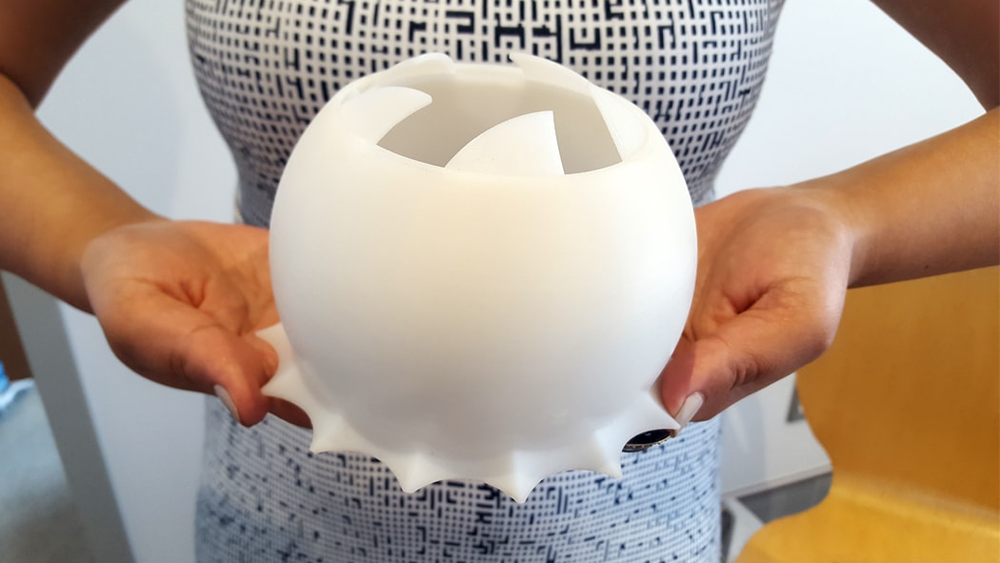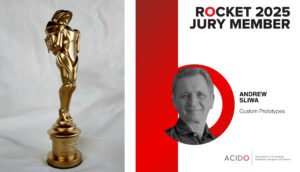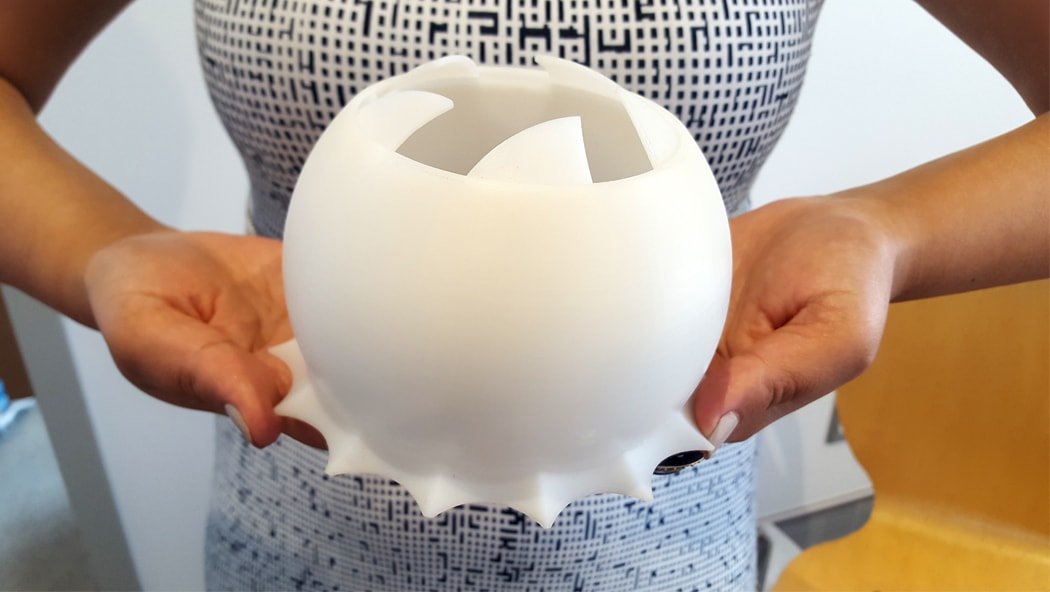Most of us have experienced it, that awkward moment of listening to someone brag about their revolutionary idea that is going to change the world. While dreaming is never a bad thing, it is all too common for one to fall in love with their own idea.

(Product Prototype from Custom Prototypes in Toronto, ON)
But what if this isn’t you? Maybe you have done your research and you know your product may actually have a place in the market. What steps should you take on creating your initial proof of concept?
First, it is important to understand the key reasons on why you should create a prototype for your product idea. Below is an overview of some of the benefits in doing so:
1. Hold that thought… literally. While often things look good on paper, sometimes there is just no substitute for being able to hold your idea. A prototype can be a quick indicator that will grant you a new perspective on things like proportions, ergonomics and overall appearance.
2. The best way of describing a product, is seeing it. A picture may say a thousand words, but a 3D object allows you to tell a story. A prototype will eliminate a lot of questions and will speak for you in ways that an idea on paper never will. This may also be a good stepping stone in allowing you to begin to self-promote your product idea or potentially show investors.
3. “The details are not the details, they make the design”- Charles Eames. Rapid prototyping is a way of eliminating any design or engineering kinks before thinking of mass production. In this stage you can explore details like materials, tolerances, manufacturability and a host of others specific to your product.
Now that you understand the importance of a prototype, what should you do now?
From firsthand experience working for a rapid prototyping company, I have been exposed to various entrepreneurs and inventors from all stages of the product development cycle. While their products vary, the prototyping process remains similar.
For those who feel confused or lost on where to begin, don’t! You need to remember that not all products originated from a know-it-all inventor, but rather an average Joe who set out to solve a problem. For those who are just beginning to ponder an idea, it can be a great method to develop your prototype from nothing more than your surrounding environment. Utilizing tools and materials you can easily access in order to build a quick mock up is a great way to begin to visualize your idea.
If your product is not at a prototyping ready stage, or is rather complex for you to tackle by yourself, it may be worth looking into a prototyping company that specializes in product development. Depending on your idea, you may find that consulting a designer, engineer or fabricator for advice may be a suitable route to take. Most prototyping companies like the Toronto based company I work for, Custom Prototypes, utilizes a team from multi-disciplinary backgrounds in order to give advice specific to your project needs. Consulting a rapid prototyping company can save you a lot of time and money by educating you on things you may not have discovered based on your own research. This is also a good opportunity to delve into more complex questions like material properties, cost analysis and mass production manufacturing.
Since the refinement of 3D printing, the prototyping process has become easier and more efficient than it ever has. Now we are able to produce structural plastic parts with precision accuracy for a fraction of the cost of other methods. Want to know the best part? Most 3D printing services can do fast turnarounds where you can have your part in your hand within days of placing your order. Most 3D printing companies also offer CAD services to help with preparing your files for 3D printing. In the Toronto area alone you will be able to find a 3D printing service within every 10km radius. Another option can be using online services like 3D hubs or Shapeways where they offer competitive pricing and give you a variety of material and finishing options.
It is important to remember that your first prototype will always be a learning curve and you will never get things perfect on the first shot. This experimental stage is a time to take your idea and visualize it for the first time which will in the end open your mind to new ideas and thoughts. Take it slow, consult an expert if you need to, and begin to feel the reward of turning your idea into a product.

And the Rocketeer Award Goes To…

Cloudwalker

“Maplewing” – An innovative, Cost-Effective Fixed-Wing UAV

